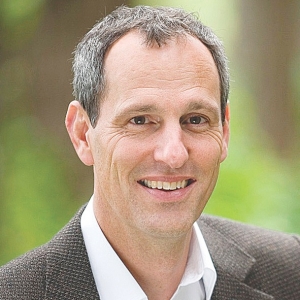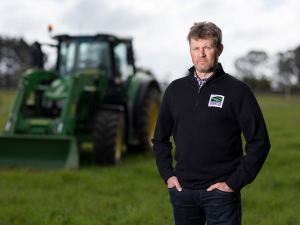Richardson told Dairy News such claims have no basis in fact and AgResearch has low staff turnover. He says in the last three years staff “voluntary” turnover has not exceeded 10%.
However he concedes that in the next three-four years, as the restructuring takes effect, more people will leave, though he predicts other scientists will be attracted to facilities to be built at Massey and Lincoln.
According to Richardson, the long lead time into the final changes taking effect, and some flexibility within that time frame, will help retain scientists who might otherwise leave. He says having such a large window of time gives families more flexibility about when might be their best time to move. AgResearch will accommodate those who want to shift before the final move date in 2017, he says.
“But this is not going to work for all our staff. 24% of staff proposed for relocation are over 55 now and 10% are over 60. For some of those staff, moving at this stage of their careers is really tough and we are working with those guys and others for whom the move simply won’t work.
“We know some people will leave and what we have to do is make the best use of this long window to make it work for as many of our people as we can.”
Richardson says the long lead time means AgResearch has been able to take into account other changes taking place in the ag science arena such as the restructuring of LIC and Lincoln University and the results of recent science funding policy changes.
AgResearch is now working on the plans for its new facilities and at Lincoln a collaborative approach has been taken with other partners, Richardson says.
“At Lincoln there are a large number of scientists and we’ve got a chance to do something different for onfarm agricultural science…. Lincoln facilities are in an appalling condition and we have a desperate need to rebuild. But rather than rebuilding in our own style and patches we committed over a year ago to the five core partners – DairyNZ, Landcare, Plant and Food, Lincoln and Agresearch – investing in that campus in a joined-up way.”
Richardson says the other hub at Massey also offers new opportunities with the emphasis on food, and the vet school with animal health and welfare work.
“Farmers should expect a couple of things from AgResearch. We know what science should be done and increasingly we are getting good feedback from their sector representatives – that our strategy reflects their strategy….
“Increasingly we are hearing that [the emphasis] is not so much genetic science or nutritional science or animal welfare science, but how these things might roll up into a farm system that I as a farmer can do something about, especially given the new environmental drivers.
“So Agresearch needs to pull together better so that when we go to farmers we’re not just talking about the latest forage or sheep geno, but rather we are thinking more systemically – does this work on a farm? The big message for us is collaborate much better across the sector because it needs to work on farm.”
















